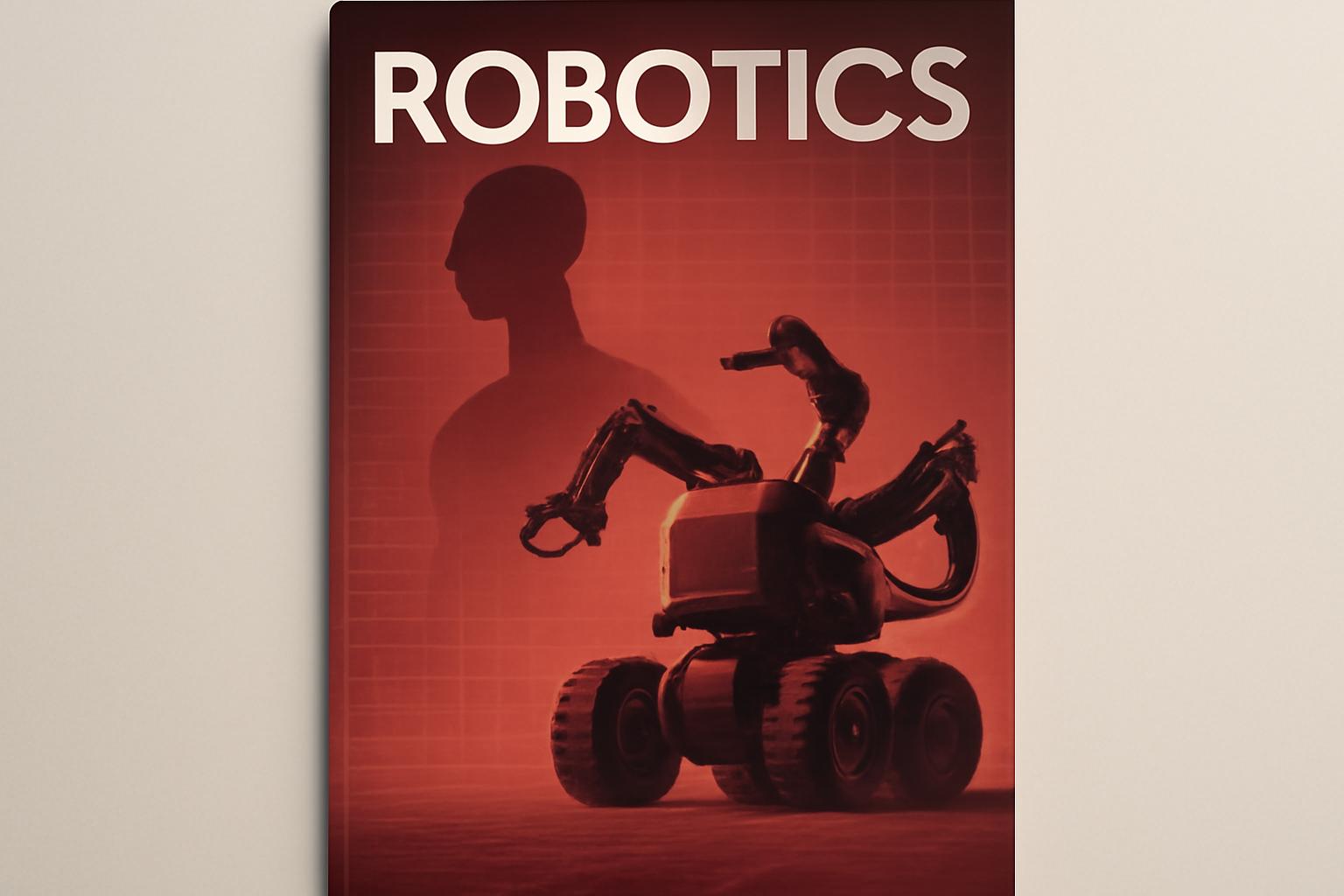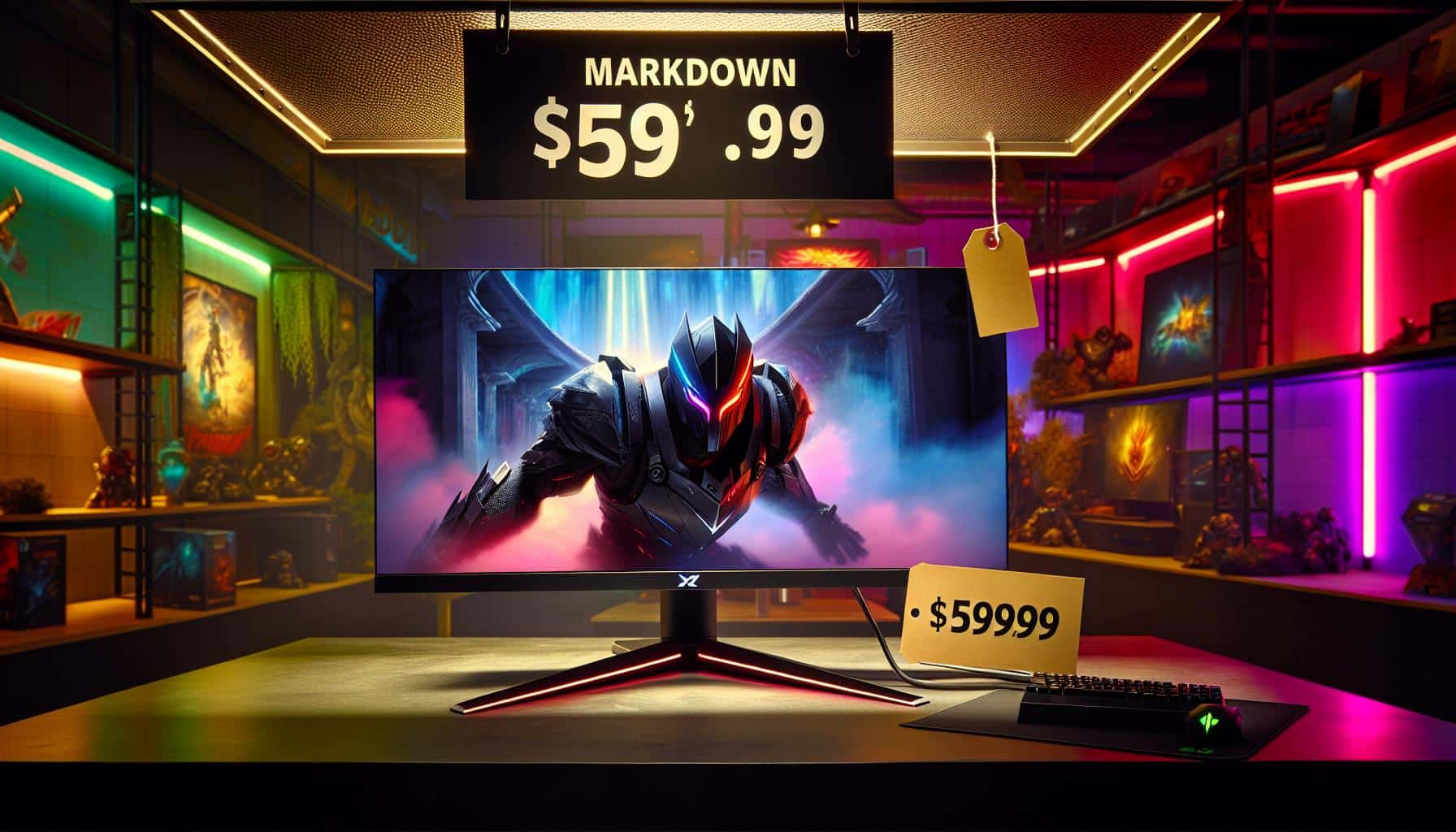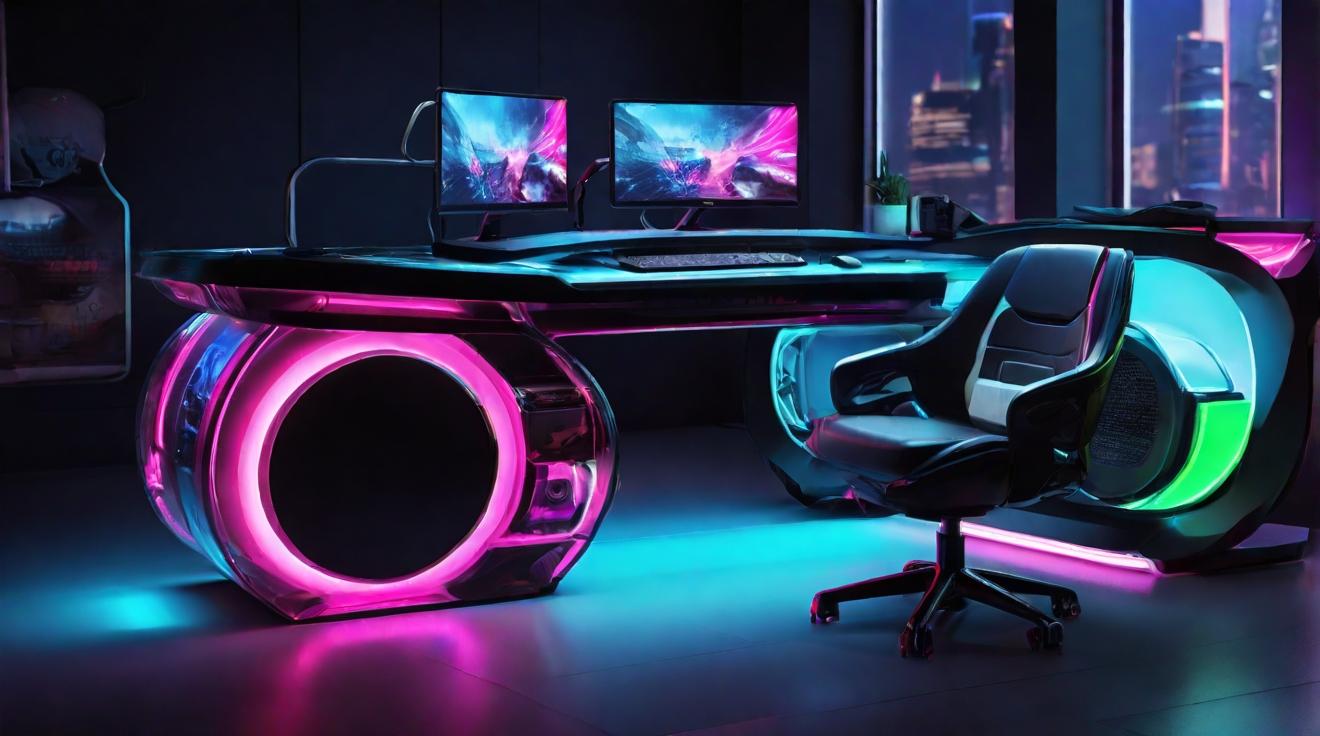Renowned Roboticist Issues Stark Warning on Humanoid Robot Investments
Rodney Brooks, esteemed roboticist and co-founder of iRobot, delivers a critical assessment of the current humanoid robotics sector. Addressing investors who have funneled billions into startups such as Tesla and Figure, Brooks insists that much of this capital is being misallocated due to fundamental misconceptions about robot dexterity and design.Having spent decades at MIT advancing robotics research, Brooks challenges the prevalent approach of teaching robots complex tasks by showing them videos of human actions, labeling it as “pure fantasy thinking.” This method, he argues, fails to account for the profound intricacy of human touch and motor skills.
The Complexity of Human Touch Outpaces Robotic Capabilities
A critical obstacle identified by Brooks is the sophisticated nature of the human hand, which contains approximately 17,000 specialized tactile receptors. Current robotic systems lack any comparable sensory fidelity, severely limiting their ability to replicate nuanced human manipulation.While machine learning has revolutionized speech recognition and image processing by leveraging well-established datasets, the field lacks a similar foundation for touch data. This deficiency hampers the development of robots capable of the dexterity required for practical applications.
Safety and Physical Limitations of Humanoid Robots
Brooks also highlights significant safety risks inherent to full-sized, walking humanoid robots. Maintaining balance demands substantial energy, and any fall poses considerable danger to nearby humans and property. Importantly, the physics involved mean that increasing robot size exponentially raises the potential for harm, as a robot twice the current size could exert eight times the impact energy during a fall.“We don’t have such a tradition for touch data,” Brooks emphasizes, underscoring the gap between human sensory capabilities and robotic technology.Predicted Evolution: Moving Beyond the Humanoid Form
Looking ahead 15 years, Brooks forecasts a decisive pivot in robot design. He anticipates that commercially successful robots will likely forsake the human form altogether, favoring wheeled locomotion, multiple arms, and specialized sensors tailored to specific tasks. This pragmatic approach contrasts sharply with current trends focused on anthropomorphic aesthetics and capabilities. Brooks remains convinced that the billions invested today are primarily supporting expensive training experiments unlikely to scale efficiently to mass production or practical deployment.FinOracleAI — Market View
Rodney Brooks’ insights provide a sobering perspective on the humanoid robotics industry’s near-term trajectory. Despite substantial capital inflows, the technological and physical challenges highlighted suggest a re-evaluation of investment strategies is warranted.- Opportunities: Development of specialized, task-focused robots with wheeled mobility and multi-arm configurations can accelerate practical applications.
- Risks: Continued emphasis on human-like robot dexterity without addressing fundamental sensory limitations risks wasted resources and investor losses.
- Market Shift: Potential realignment from humanoid robots to more functional, non-anthropomorphic designs over the next decade.
Impact: Brooks’ analysis signals a likely contraction in humanoid robot valuations and a strategic pivot in robotics innovation, emphasizing function over form.













